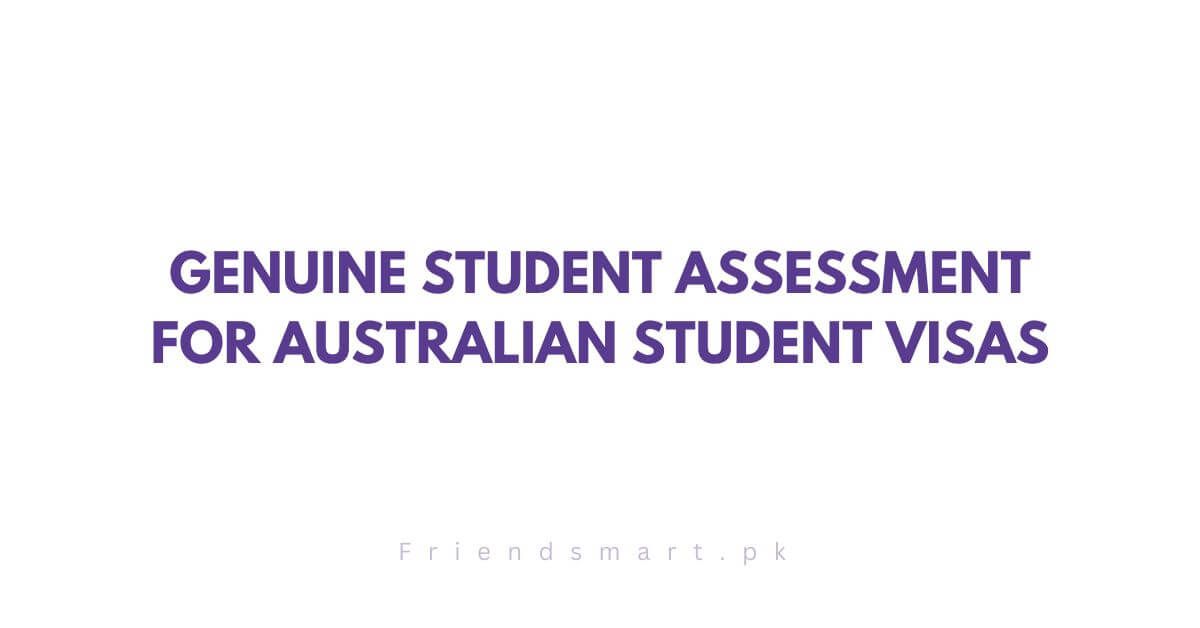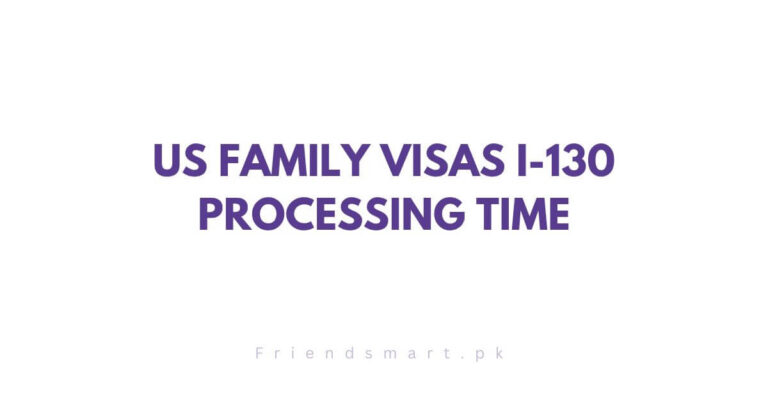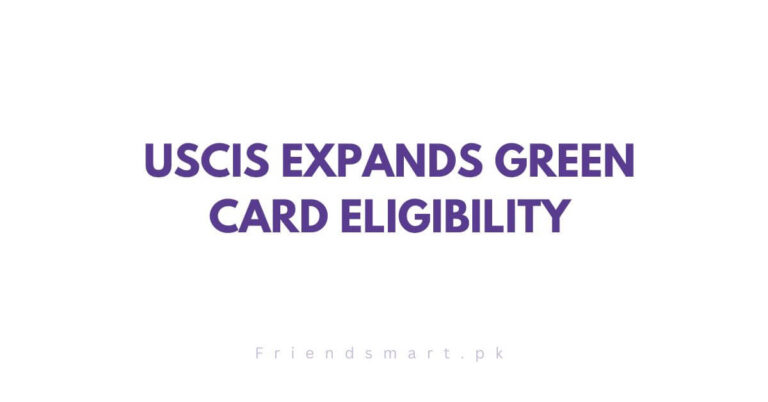Genuine Student Assessment for Australian Student Visas 2024
Valid student evaluations will be accepted in exchange for student visas. A new migration policy was introduced by the Australian government, encompassing adjustments to the assessment criteria and application process for subclass 500 student visas.
Additionally, it was declared that the Genuine Student requirement would supersede the Genuine Temporary Entrance criteria. To summarize, the current GTE and the new genuine student requirements serve to aid the department in evaluating the subsequent facets of student visa candidates:
Check Also: NVC Backlog & Interview Update 2024 – NVC Processing Time
- Does the applicant intend to study in Australia for legitimate reasons?
- Do they adhere to the stipulations that are enforced on their visas?
- Will they exceed the validity of their visa?
- Does the applicant intend to utilize the student visa system to migrate to Australia temporarily for reasons unrelated to academic pursuits?
To fulfill the Genuine Temporary Entrance requirements, the student visa application must now include a personal statement detailing the applicant’s sincere motivations for wishing to study in Australia and substantiating the statement with relevant evidence.
Genuine Student Assessment for Australian Student Visas
Genuine Student Guidelines
Furthermore, the student visa application will incorporate targeted inquiries pertaining to the realities of student life. This modification is intended to ensure that the students are interested in pursuing their education in Australia. The following subjects would be the focus of these inquiries:
- The domestic circumstances of the candidate, including their family, neighborhood, and employment responsibilities,
- The political and civic climate in the country of origin of the applicant
- Details regarding the applicant’s financial circumstances
- The candidate’s particular circumstances in Australia, including familial, communal, or interpersonal connections there.
- Relevant academic background in Australia and pertinent immigration history of the applicant
- The specifics of the coursework and its applicability to the applicant’s future
However, these additional inquiries do not serve as substitutes for the essential supplementary documents required for the visa application. Additionally, there have been recent modifications to the declaration for student visas. Each applicant is required to provide an attestation.
- They have firsthand experience of what it is like to be a legitimate student aspiring to pursue studies in Australia.
- They have thoroughly reviewed and understood every condition that is linked to their visa.
However, any alterations to the circumstances of the applicants must be immediately reported to the Department of Home Affairs. All submitted applications will be subject to these modifications.
Kindly note that applications that are submitted prior to that date will be evaluated in accordance with the prevailing GTE standards. Furthermore, the GTE requirements will continue to be applicable to the Student Guardian Subclass 590 Visa. The Department of Home Affairs will release any additional information regarding these modifications on March 23, 2024.
Australia Intake for International Students
At present, Australia stands as a prominent destination for study-abroad programs, owing to its recent surge in popularity. Intakes and deadlines are the two most important factors that prospective students should consider when organizing their study abroad experience.
Typically, Australian universities hold admissions in February, July, and November. Despite the limited range of degree options, a considerable proportion of international students enrolling in Australia’s July academic year choose to pursue interdisciplinary studies.
The application deadline, the advantages of the Australia 2024 July intake, and the application process will be covered in this article.
Why is Australia Intake Preferred?
International students are admitted in all intakes; however, as stated earlier, the second intake in July offers a wide variety of courses for enrollment. February is the primary intake month in Australia, commonly known as the first semester, and it is during this time that the vast majority of universities offer their entire range of degrees.
July is an excellent alternative if you are denied admission in February, as many academic institutions continue to offer courses during that month. Australian universities extend conditional acceptance to applicants while final results are awaited; foreign applicants generally exhibit a preference for the July intake.
Given that the issuance of college and school results generally transpires in May or July, this provision might prove advantageous, as it would enable you to commence the visa application process without delay, thereby substantially conserving your time.
International students enroll most frequently in Australia’s July intake because it provides sufficient time for them to complete the following tasks: request reference letters, compose curriculum vitae and letters of motivation, and obtain their university transcripts.
When Should You Apply for Australia Intake?
Apply as soon as the application becomes available on the official university website to ensure admission to the desired course at the preferred Australian university. When devising the application schedule, consideration must be given to the varying dates provided by each university for each intake.
Commence preparations well in advance, finish the entrance and language examinations within three months, and use the remaining time to fulfill the requirements for visa and admission. You should begin whittling down your list of preferred universities and preparing your application, given that the majority of the university’s prospectus is accessible online.
Application Timeline for Intake in Australia
The application period differs among Australian universities, with the July intake deadline typically falling in February or April. Due to the intense competition and substantial number of applications, admission to international institutions is generally granted on a first-come, first-served foundation.
February or March is when the majority of institutions close applications for full-time bachelor’s programs. Conversely, PG course deadlines fall in March, while diploma, online, and Foundation course deadlines occur in April.
It is important to note that this figure is solely an approximation, and it may differ at various universities depending on the specific course. In order to ensure one is adequately prepared when choosing a course at an academic institution, it is straightforward to verify the due dates on the official course website.
The University of Queensland, the Australian National University, the University of Western Australia, the University of Adelaide, and the University of Technology in Sydney are among the top Australian institutions that accept applications in July.
How Do You Apply
Prior to submitting an application to any university, it is advisable to thoroughly review the entire procedure to ensure adherence to all instructions and avoidance of any errors. The initial submission of a form is possible if it is entirely filled out and comprises all mandatory details.
The specific procedures governing the July intake at universities in Australia are as follows.
- After conducting investigation on the colleges of your choice, select a handful that best aligns with your interests.
- Then, verify the materials and prerequisites that are mandatory for college applications, including the English test results.
- After diligently collecting all the necessary documentation, proceed to submit your applications to the designated universities.
- While awaiting the institution’s decision, expedite the application process for an Australian student visa if a spot in the program becomes available, as the process can take some time.
Frequently Asked Questions:
-
What is the genuine student test for an Australian student visa?
The purpose of this test is to filter out applicants who might not be coming to Australia with genuine academic goals, replacing the current Genuine Temporary Entrant (GTE) requirement. Applications deemed high-risk will undergo a more rigorous examination under these new regulations.
-
How long does GTE take in Australia?
Generally, the processing time for a GTE application is around 4-6 weeks. However, the processing time may vary based on the specific case and the country.
-
Can GTE be rejected?
One of the most common reasons a student visa is refused is because insufficient evidence has been provided to meet the “genuine temporary entrant” (GTE) requirement.







